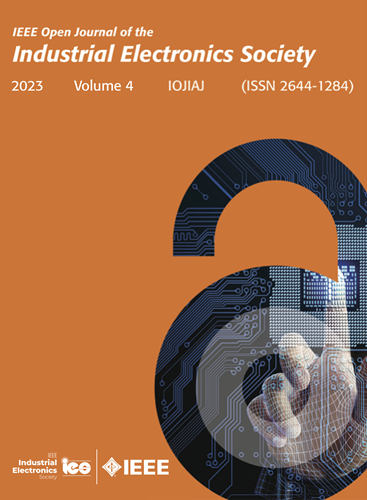鲁棒和自适应灵巧操作与基于视觉的学习从多个演示
IF 7.2
1区 工程技术
Q1 AUTOMATION & CONTROL SYSTEMS
引用次数: 0
摘要
在本文中,我们提出了一个基于视觉的七自由度(7-DOF)机器人机械臂的演示学习框架。该框架允许从多个无接触的人手演示中学习,以执行灵巧的拾取和放置任务。收集演示数据的传统方法包括手动和物理移动机器人。这些方法可能很麻烦,缺乏灵活性,并且会使身体紧张。我们利用MediaPipe软件,动态时间扭曲(DTW)和高斯混合模型/回归来捕获和回归多个灵巧和无标记的手部运动。所提出的方法产生了更全面的运动表示,简化了多个演示,并减轻了单个演示中固有的非平滑性。提出了一种新的动态运动原语(DMP),该动态运动原语具有基于方差的力耦合项,可自适应地将人类动作同化为动态环境中可执行的轨迹。通过考虑来自演示数据的估计方差,DMP参数被自动微调并与非线性项相关联以适应轨迹。为了补偿未知的外部干扰,采用非奇异终端滑模控制(NTSM)进行精确的轨迹跟踪。实验研究证明了我们的框架在执行演示、运动规划和拾取-放置任务控制方面的性能和鲁棒性。本文章由计算机程序翻译,如有差异,请以英文原文为准。
Robust and Adaptive Dexterous Manipulation With Vision-Based Learning From Multiple Demonstrations
In this article, we propose a vision-based learning-from-demonstration framework for a seven-degree-of-freedom (7-DOF) robotic manipulator. This framework enables learning from multiple contact-free human-hand demonstrations to execute dexterous pick-and-place tasks. Conventional methods for collecting demonstration data involve manually and physically moving the robot. These methods can be cumbersome, lack dexterity, and be physically straining. We leverage MediaPipe software, dynamic time warping (DTW), and Gaussian mixture model/regression to capture and regress multiple dexterous and marker-less hand motions. The proposed approach results in a more comprehensive motion representation, simplifying multiple demonstrations, and mitigating the non-smoothness inherent in single demonstrations. A novel dynamic movement primitives (DMP) with a variance-based force coupling term are developed to adaptively assimilate human actions into trajectories executable in dynamic environments. By considering the estimated variance from demonstration data, the DMP parameters are automatically fine-tuned and associated with the nonlinear terms to adapt the trajectories. To compensate for unknown external disturbances, non-singular terminal sliding mode (NTSM) control is applied for precise trajectory tracking. Experimental studies demonstrate the performance and robustness of our framework in executing demonstrations, motion planning, and control for a pick-and-place task.
求助全文
通过发布文献求助,成功后即可免费获取论文全文。
去求助
来源期刊

IEEE Transactions on Industrial Electronics
工程技术-工程:电子与电气
CiteScore
16.80
自引率
9.10%
发文量
1396
审稿时长
6.3 months
期刊介绍:
Journal Name: IEEE Transactions on Industrial Electronics
Publication Frequency: Monthly
Scope:
The scope of IEEE Transactions on Industrial Electronics encompasses the following areas:
Applications of electronics, controls, and communications in industrial and manufacturing systems and processes.
Power electronics and drive control techniques.
System control and signal processing.
Fault detection and diagnosis.
Power systems.
Instrumentation, measurement, and testing.
Modeling and simulation.
Motion control.
Robotics.
Sensors and actuators.
Implementation of neural networks, fuzzy logic, and artificial intelligence in industrial systems.
Factory automation.
Communication and computer networks.
 求助内容:
求助内容: 应助结果提醒方式:
应助结果提醒方式:


